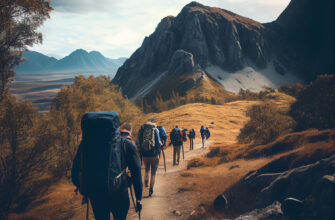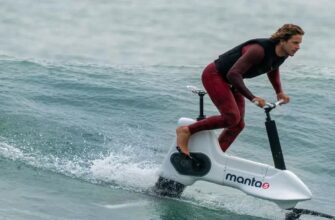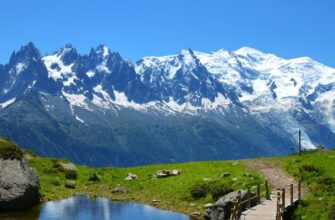Along with being a great travel option, cycling is an everlasting source of joy and adventure as it lets you visit new locations at your own pace whilst engaging in the outdoors. Be it a short break for a couple of days or a comprehensive countrywide tourism, touring by cycling makes it possible to visit several places at once.
Nonetheless, getting ready for a cycling adventure will always need thorough preparations in order to avoid making the journey torturous rather than fun. In our manual, we will discuss some key essentials to remember while traveling on a bicycle in order to maximize your adventure i.e. how to best pack your luggage and how to deal with the unknown roads, etc.
Consider The Cycling Routes You Want To Take Carefully
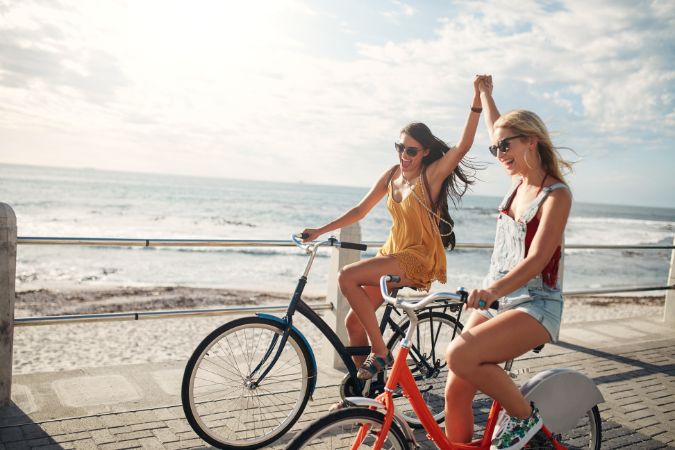
Most of the beauty and enjoyment of cycling trips depends on the routes taken.
Start with a distance that is manageable considering your current level of fitness, and try to take into consideration the types of terrain you will be navigating around, e.g., hills, flat paths, and so much more. For example, beginners may find it easier and more pleasant to maintain a well-designed route with low traffic. Finally, once you have developed your skills a little, you could perhaps want to go for some considerable climbs on mountain passes or very long rides along the coastlines.
- Thanks to modern online maps and quick cycling apps like Komoot or Strava, you can find a suitable route with points of interest, time off and places to stay.
- Explore routes which either take you through relaxing countryside or exciting city towers.
- Always do preliminary checks on the roads for bicycle friendly paths and other places which have an elevation or a few hard parts that may require some elevation to tackle them.
Make Sure Your Bike is Ready for the Trip
The best travel partner for you while on a cycling trip is your bicycle; this is why it is important to make sure that it is well-maintained.
- Before going on a trip, call for a professional mechanic who will leave the brakes, gears, tires, and chains in order.
- The height of the saddle is properly calibrated to prevent discomfort, and if you expect long rides, consider replacing the saddle and grip with better cushions.
- Prepare basic spare parts like inner tubes and pumps, tire levers, and a multitool, which will help you in small emergencies.
- You may want to carry a folding bike repair stand while you travel, which will assist you in taking care of your bicycle while on a journey.
- In case you are moving around different terrains, it is better to pack tires that are not limited to just the road.
Bicycles are portable machines, and in order not to have inactivity due to mechanical problems that would otherwise stop one’s cycling journey, the need to service the bike often will be necessary.
Focus on Smart and Light Packing
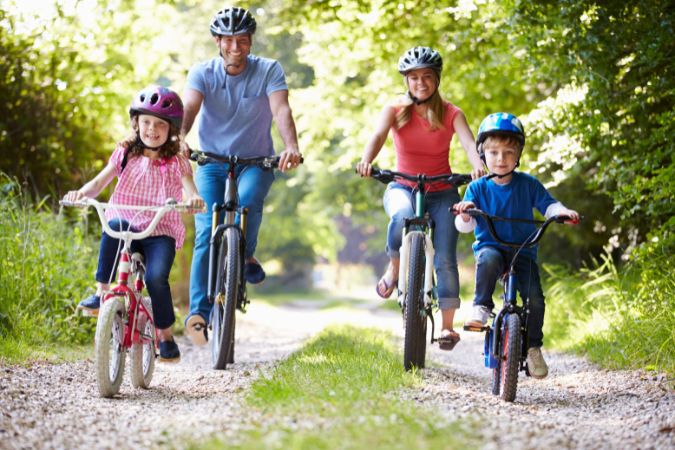
When it comes to packing on a cycling trip, it is essential to know how to pack for the cycling trip without over or under packing. If you bring too many things along, you might get tired quickly and find the cycling experience a little less pleasant.
As a rule, it is recommended to wear lightweight moisture-wicking clothing that is quick drying and pack some layers to accommodate the varying weather conditions. Cold weather cycling gear can be made of three main types of clothing: a base layer, an insulating layer and a waterproof layer. Don’t forget these long rides call for wearing nice cycling shorts with padding.
You will also need a few items like a helmet, a pair of sunglasses, padded shorts, first-aid options, sun protection, and one or two quick snacks for the day. In order to transport your equipment, use a small capacity and waterproof bag, or attachable bags (panniers) on the bicycle.
GPS and Safety
Do not forget that you will need a map or GPS device for navigation. They also allow you to download offline maps. Consider carrying a power bank because sometimes it is necessary for your devices, particularly a phone that helps to navigate.
As they say, safety first. When going out to ride a bike, safety should be taken first into consideration. It is important to wear a bright-colored and reflective dress, especially during evening hours, and follow all other traffic rules. Install front and rear lights and reflectors on your bicycle as an accompaniment, and also consider putting a bell or a bicycle horn in order to inform pedestrians and other bicyclists of your coming. Install a rear view mirror on your bicycle to be able to see what’s going on behind you.
In your peripheral vision, be vigilant to obstacles such as potholes and debris or even cars passing by you. If there is a chance, try to ride in a company for greater security and joy. It would also be helpful to learn some basic first aid so as to be prepared for small accidents which might happen to you while riding.
Attempt to Book Sleeping Facilities Prior to the Departure
Before leaving, make a plan on where you will be sleeping each day of the trip. Staying elsewhere might positively influence your experience as well.
Camping is the best solution for travelers on a budget whose aim is to explore the great outdoors, but it calls for lightweight equipment such as a small caravan, sleeping bag, and gas cooker. In case you are tired and want to rest at night, you can book any cozy hotel, hostel, or bed and breakfast with hot water and comfortable beds.
Stay Conscious of Your Hydration and Food Intake
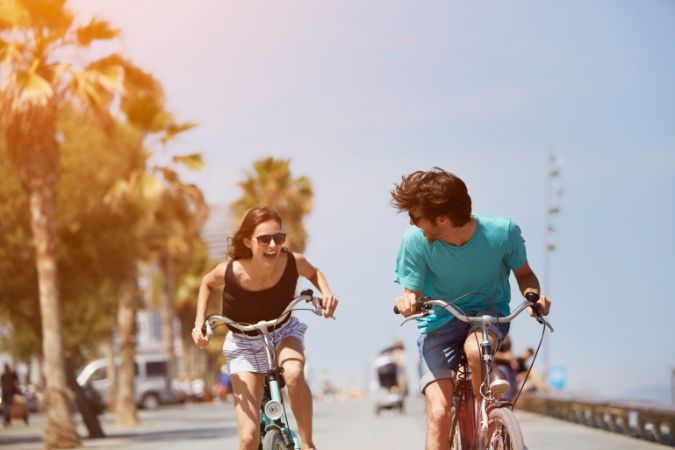
Cycling takes so much energy and therefore water and food should be taken as a priority. Ensure that you are drinking water frequently both regularly and for hot weather, electrolyte tablets and/or electrolyte based drinks may come in handy as there will be high chances of losing minerals.
A bicycle backpack or water bottles worn in a convenient place is a must. It is crucial to eat after rides as it assists to replenish lost energy and spur muscle recovery by consuming foods rich in carbohydrates, protein and fats.
While out on the road, always carry snacks that easily and effectively boost one’s energy like nuts, granola bars, dried fruits and bananas. Portable meals that include sandwiches and pasta should be packed especially for those intending to bike through areas where meals may not be available. Knowing your nourishment requirement will assist you in containing endurance and exhaustion.
Prepare for Weather Changes
To be ready for all types of weather, especially in multiform regions, ensure that you pack sensibly. Take a light but waterproof jacket and pants which one can wear when it showers unexpectedly. Hats, sun-glindingae as well as sunscreen for the exposed areas essential for sunbathers. Also, pack thermals and gloves if you are cycling in cold weather.
Weather has the habit of changing and more often, you can check the outlook. If there appears to be any terrible weather coming in such as torrential rainfall, with strong winds or extreme temperatures, be prepared to modify your course or the times you had planned.
The Importance of Sports Insurance
Although planning can be at its best, actuality tends to be slightly different from expectations. What is reasonably important with sports insurance for several reasons:
- Medical Coverage: In case of an injury or a fall that will require medical discipline while on a trip, it can offset the relevant costs incurred.
- Insurance Protection of Equipment: In case of loss of cycle and other equipment, it covers them, which is comfort.
- Trip Cancellation: Cancellation and or interruption of a paid for trip, and the necessary expenses made that are not recoverable because of something unavoidable like inclement weather or health issues.
Sports insurance provides a layer of protection allowing you to enjoy your adventure without worrying about possible hazards. It is a minimal expense that enables one to prevent a huge amount of loss in future.
What are the Essential Items to Pack for Your Cycling Trip?
Despite this notion of packing as light as possible, some things need to be taken as they are important for safety and enjoyment:
- Helmet: Important equipment used to protect the rider’s head.
- Padded Shorts: These are to be worn during long-distance rides.
- Water Bottles: A container used for liquids to avoid dehydration.
- Multitool: A tool that comprises a range of utility devices providing instant repair of bikes/equipment/fabric.
- First-Aid Kit: Portable kit for treating simple wounds or containing other means for emergencies.
- Snacks: Some food used to prevent loss of energy.
- Portable Pump and Spare Tubes: These are used to replace a tire that can no longer be used due to a puncture or other damage.
- Sunscreen and Sunglasses: Regular use helps to avoid sunburn and protects the eyes from the sun rays.
Respect Local Customs and Environment
As you travel to different locations across the globe make it a point to respect the different cultures and people that you will come across. Remove any trash that you brought in with you, and make sure you stay on the paths. Maintain courtesy to the residents, observe their traditions, and on all occasions, ask for permission if you want to take pictures of them and their possessions.
When biking in natural reserves, remain on the paths that have already been established to avoid environmental destruction. Whenever you are traveling, it is preferable to have your meals in the local eateries, to sleep in the local inns and to buy gifts in the local markets. This not only enhances your experience but also enhances the welfare of places you have been to.
Embrace the Experience
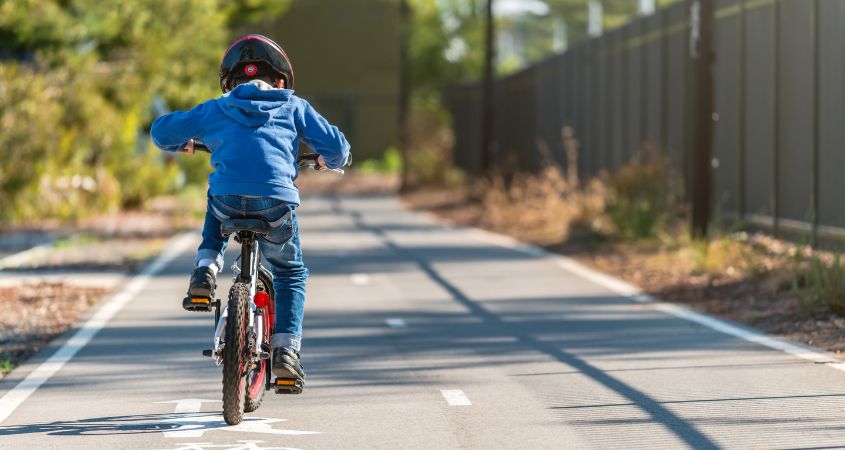
Places can be more profound than the presence of oneself; however, it involves the entire voyage; the one-way trip encompasses an understanding of the place’s history and its inhabitants. Make stops in lesser towns to interact with the population and enjoy local landscapes and sights.
Take a photo-whoring trip or make a travel diary of your great adventures so as not to forget these events. Expect changes and be ready to embrace them. That will mostly turn out to be the most interesting and enjoyable moments.
Time is not on your side, and you cannot wait for the finish of your journey. Take a break, turn your head, and admire the surroundings, soak up the atmosphere like a sponge. There is not one trip that is the same as another; every cycle trip has its own undertakings, many of which lie in the less rigorous and exciting explorations.
Be Realistic
Know your limits where your body can go without excess strain. Try out short distances at first, and as you get fitter try and push longer distances. Recognize and respect the limitations of your body, and do not hesitate to rest to prevent tiredness or injury. You should bear in mind that the aim is not only to reach the end but also to relish the process.
Ask yourself how far you will go and break it down into smaller bites. And if it feels too hard, then why bother yourself with it. Overall, listen to your feelings and just have fun!



